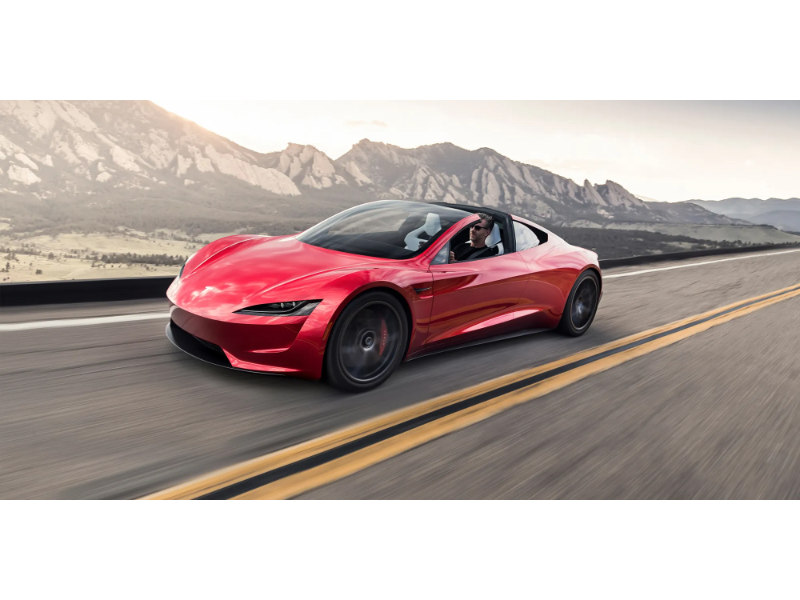- Elon Musk has promised the new Roadster will launch next year with sub-1-second acceleration to 60 mph, stirring skepticism due to previous delays.
- Rimac’s CEO noted theoretical feasibility but highlighted significant challenges, including weight and air supply limitations.
- Uncertainty persists until the Roadster’s actual delivery, warranting cautiousness toward Musk’s claims.
Tesla CEO Elon Musk has finally provided an update on the much-anticipated but long-delayed new Roadster supercar, which was originally unveiled in 2017 but has yet to approach the production stage.
Musk claimed on his personal social media platform X (formerly Twitter) that the new Roadster will be released next year and will be able to accelerate to 60 miles per hour (approximately 96.56 kilometres per hour) in under 1 second, a performance level approaching that of cars designed for straight-line acceleration races, which many consider to be Musk’s typical exaggeration.
Also read: Elon Musk’s $56B Tesla compensation voided, shares slide
The CEO of Rimac supports Musk’s claim
However, the CEO of Rimac, another company known for producing high-performance electric vehicles, expressed that while theoretically achievable, this goal presents significant challenges. Musk previously claimed in 2018 that the Roadster would offer an optional “SpaceX package,” which would add 10 small thrusters from his rocket company to the car to enhance speed and handling, although he did not further address the legality of this package on roads.
Following Musk’s announcement of the Roadster’s astonishing acceleration performance, Mate Rimac, CEO of the Bugatti-Rimac joint venture, was asked in a comment on a Facebook post about Bugatti’s new V16 engine whether he believed achieving a sub-second time for breaking 100 mph was realistically feasible. He responded, “It’s possible with thrusters, we have simulated it.” He went on to note, “The issue is, thrusters will run out of air in 2-3 seconds, and then you have a lot of dead weight (tanks, compressors, valves, nozzles, etc.) left on your car.” Rimac stated that to achieve this goal, “the wheels need about 30,000 Newton meters of torque.” He also pointed out that to achieve this goal, the car needs to be extremely light, while electric cars are typically heavy, especially with motors that need to generate such high power, which would increase the weight. Rimac’s own Nevera uses a carbon fibre monocoque and body, but still weighs 2.3 tons. Nevertheless, the car can still accelerate from 0 to 62 mph in 1.8 seconds and is already on the market.
The delivery of the Roadster will be in next year
We can only wait until next year to see if Tesla can deliver the Roadster with thrusters on time and if it can truly achieve such astonishing acceleration performance. Until then, we remain cautious about Musk’s statements.

